
Many Windows 10 users may face situations where the sound icon disappears or there is no sound. This can impact daily work, entertainment, and important notifications. This article outlines methods to quickly resolve audio issues.
Method 1: Update Audio Drivers
Damaged or outdated audio drivers may cause the no sound icon issue. Updating the drivers can effectively solve this problem. It is recommended to use Driver Sentry for automatic driver detection and updates, which saves time and avoids the risk of downloading or installing incorrect drivers.
Click the download button to get the latest version of Driver Sentry, install it, and then open the software and click "Scan".
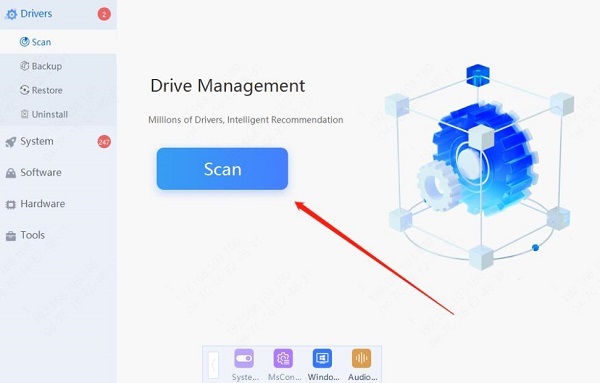
After scanning, it will display drivers that are missing or need updates. Find the audio driver in the results list and click the "Update" button.
Once the update is complete, it is recommended to restart the computer to ensure the updated driver works properly.
Method 2: Check System Audio Settings
Click the small arrow on the right side of the taskbar to see if the sound icon is hidden.
If the sound icon is found, drag it to the visible area of the taskbar.
Right-click the taskbar and select "Taskbar settings".
Scroll to "Notification area", click "Select which icons appear on the taskbar".
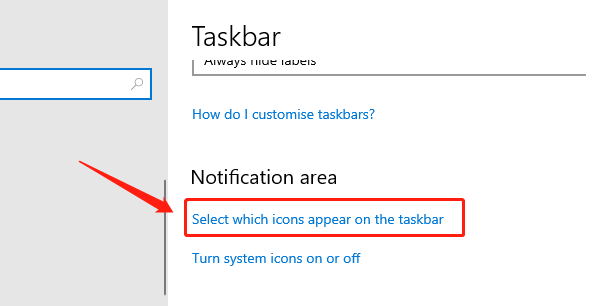
Find "Volume" and ensure the switch is turned on.
Method 3: Check Audio Output Device
Right-click the sound icon in the taskbar and select "Open sound settings".

In the "Output" section, check if the correct audio device is selected as the default.
If the wrong device is selected, choose the correct output device from the drop-down menu, such as speakers, headphones, or HDMI devices.
Adjust the volume slider and click the "Test" button to confirm if the sound output is working properly.
Method 4: Restart Windows Audio Service
Press Win + R, type "services.msc", and press Enter to open the "Services" window.
In the "Services" list, find "Windows Audio".
Right-click "Windows Audio" and select "Restart".
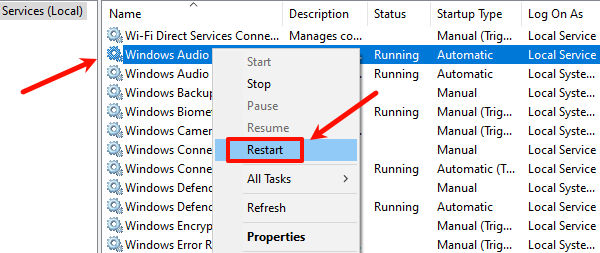
If the "Restart" button is grayed out, stop the service first and then restart it.
Ensure the "Windows Audio Endpoint Builder" service is also running. If it's not, right-click and select "Start".
Method 5: Use Windows Troubleshooter
Press Win + I to open "Settings", then go to "System" or "Update & Security".
In the left menu, select "Troubleshoot", then click "Additional troubleshooters".
Under "Playing Audio", click the "Run the troubleshooter" button.
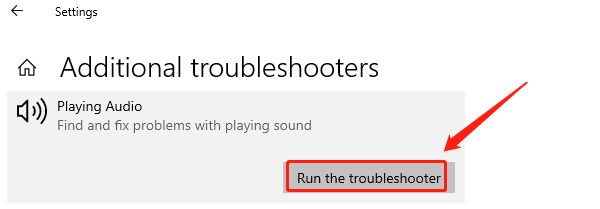
The system will automatically detect connection and configuration issues with your audio device and provide repair suggestions. Follow the prompts and check if the issue is resolved after completion.
Method 6: Perform System File Check
Press Win + X and select "Windows PowerShell (Admin)" or "Command Prompt (Admin)".
In the command prompt, type "sfc /scannow" and press Enter.
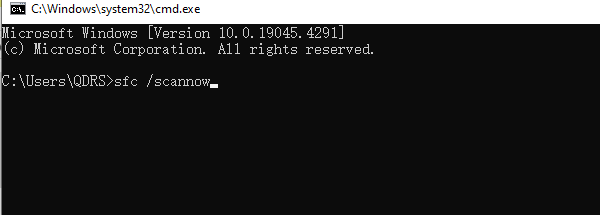
The system will automatically scan and repair corrupted files, which may take a few minutes.
Once the scan is complete, restart the computer and check if the sound issue is resolved.
Method 7: Uninstall and Reinstall Audio Drivers
Right-click the "Start" button and select "Device Manager".
In Device Manager, expand "Sound, video and game controllers", right-click your audio device (e.g., Realtek High Definition Audio), and select "Uninstall device".
Check "Delete the driver software for this device" and then click "Uninstall".
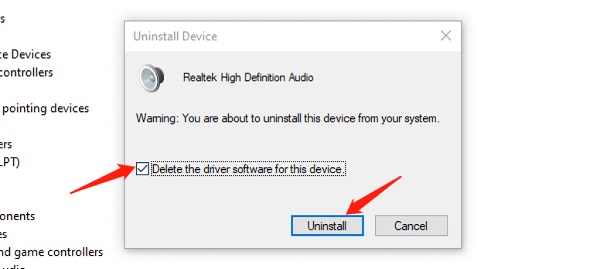
After uninstalling, restart the computer. The system will automatically reinstall the default audio driver.
If the system doesn't install the latest driver, you can visit the manufacturer's website to manually download and install the latest driver version.
Method 8: Update Windows System
Press Win + I to open "Settings", then go to "Update & Security".
Click the "Check for updates" button, and the system will automatically search for available updates.
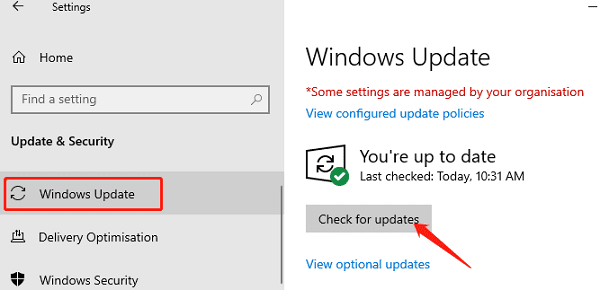
If updates are available, click "Download and install". The system will automatically apply the latest patches.
After the update is complete, follow the prompts to restart the computer and check if the sound issue is resolved.
By using the methods above, most missing sound icon issues in Windows 10 can be resolved. If the problem persists, contact technical support or check the hardware. Regularly updating your system and drivers helps prevent audio issues and improves work efficiency.
See also:
How to Fix Error 202 amd but there is no updates
8 Ways to Fix Windows 11 Internet Connection Issues